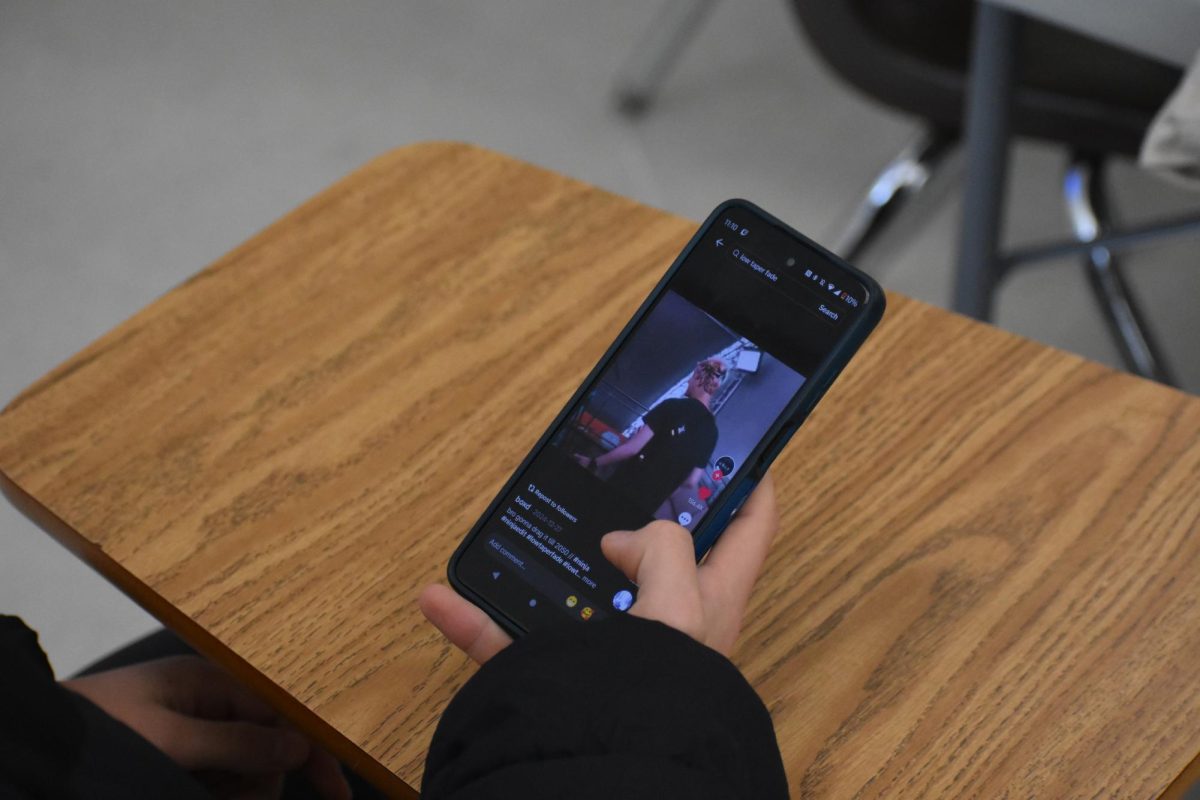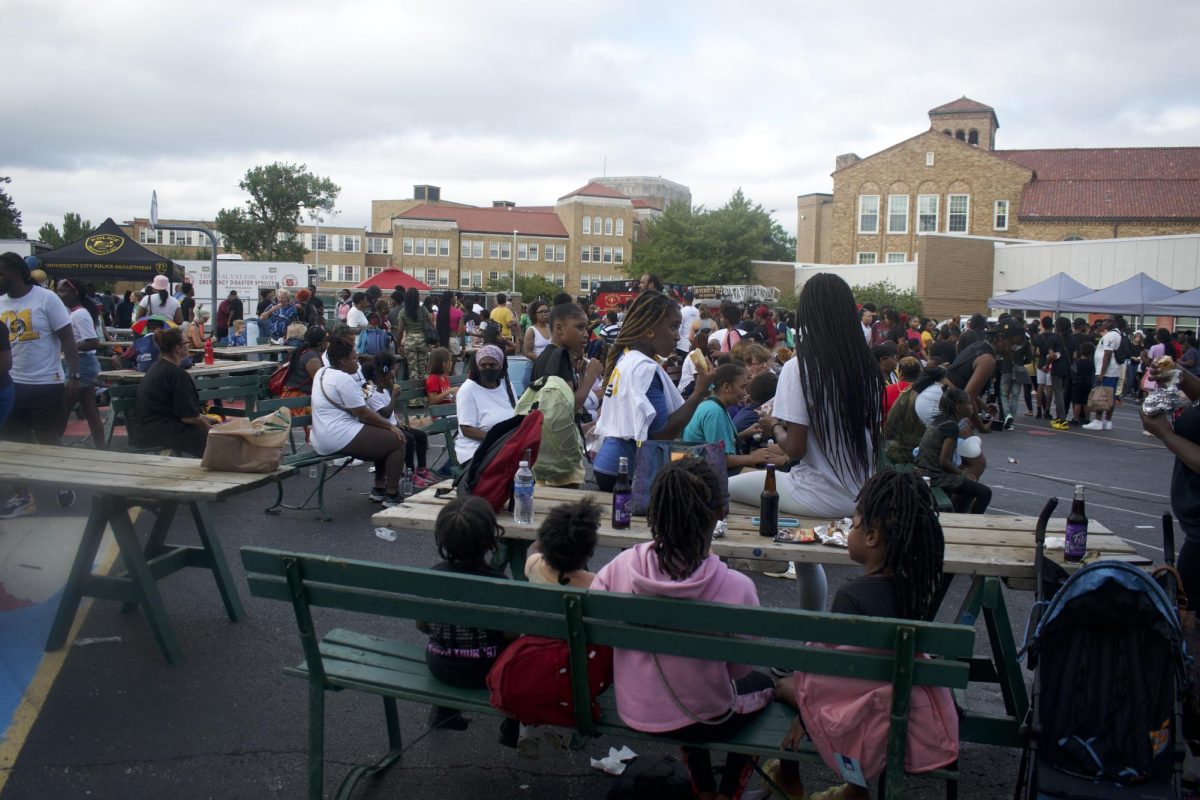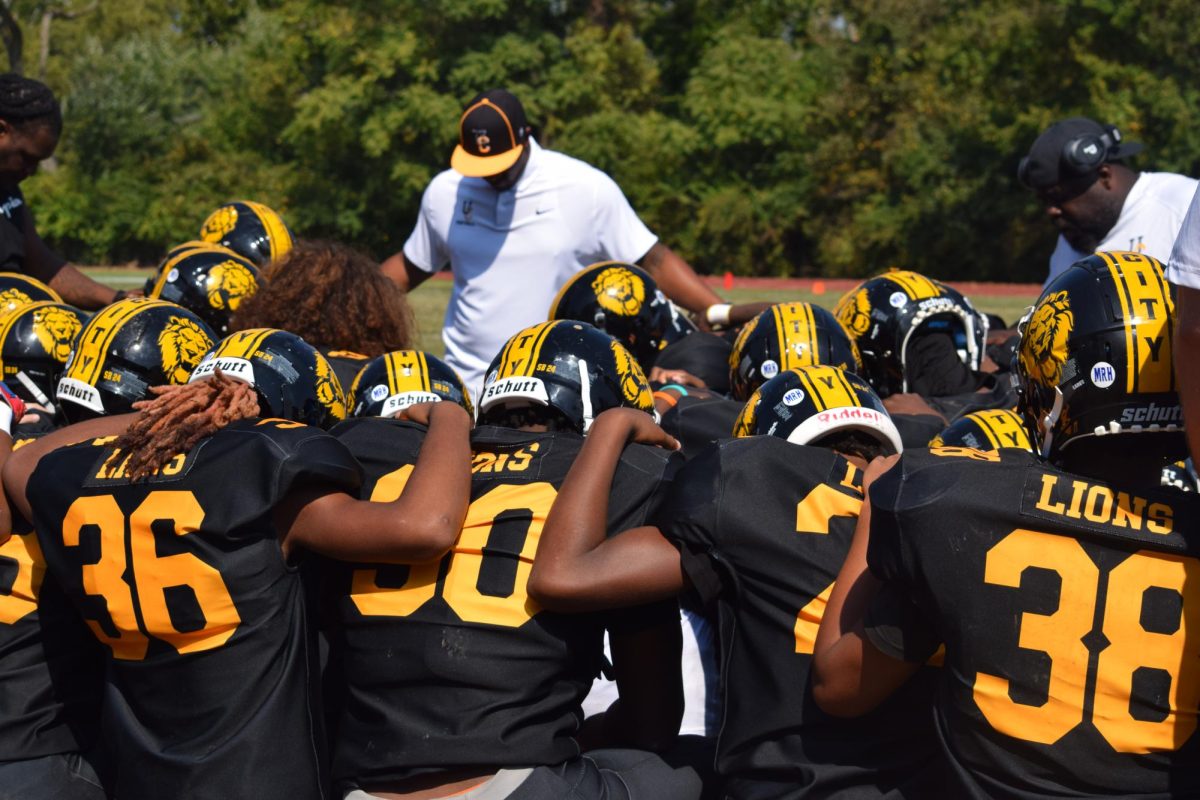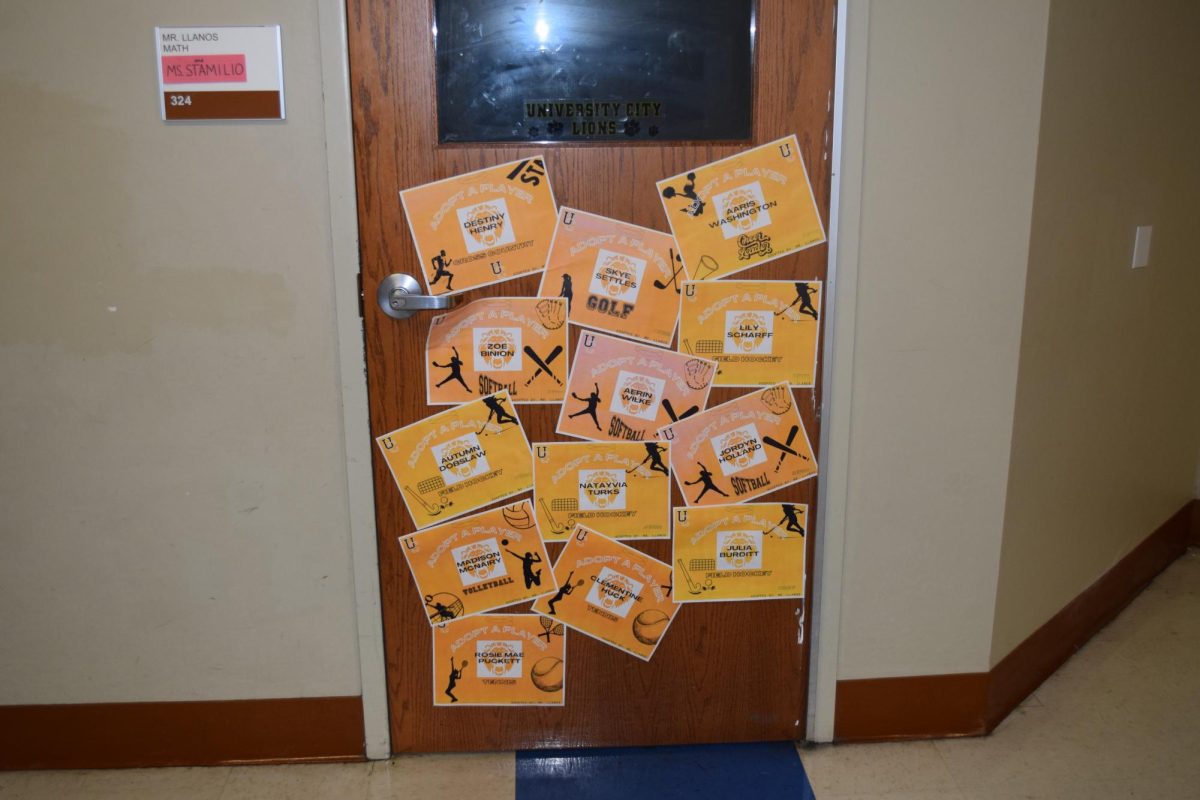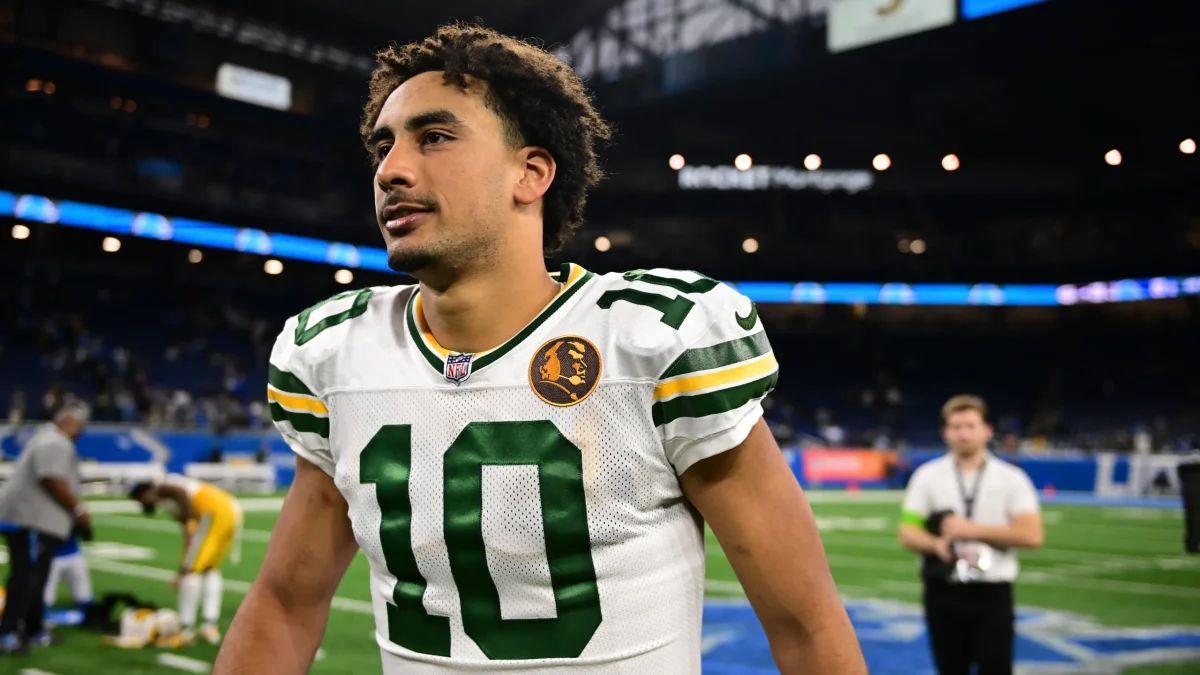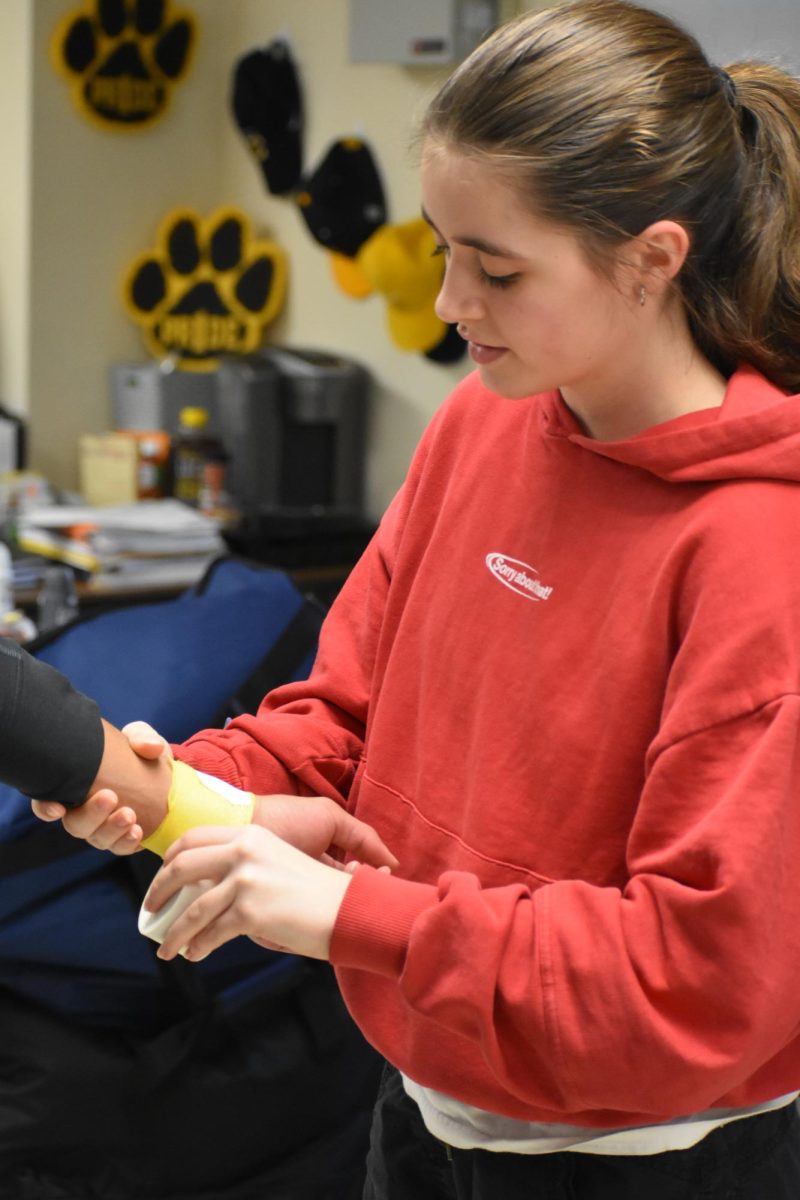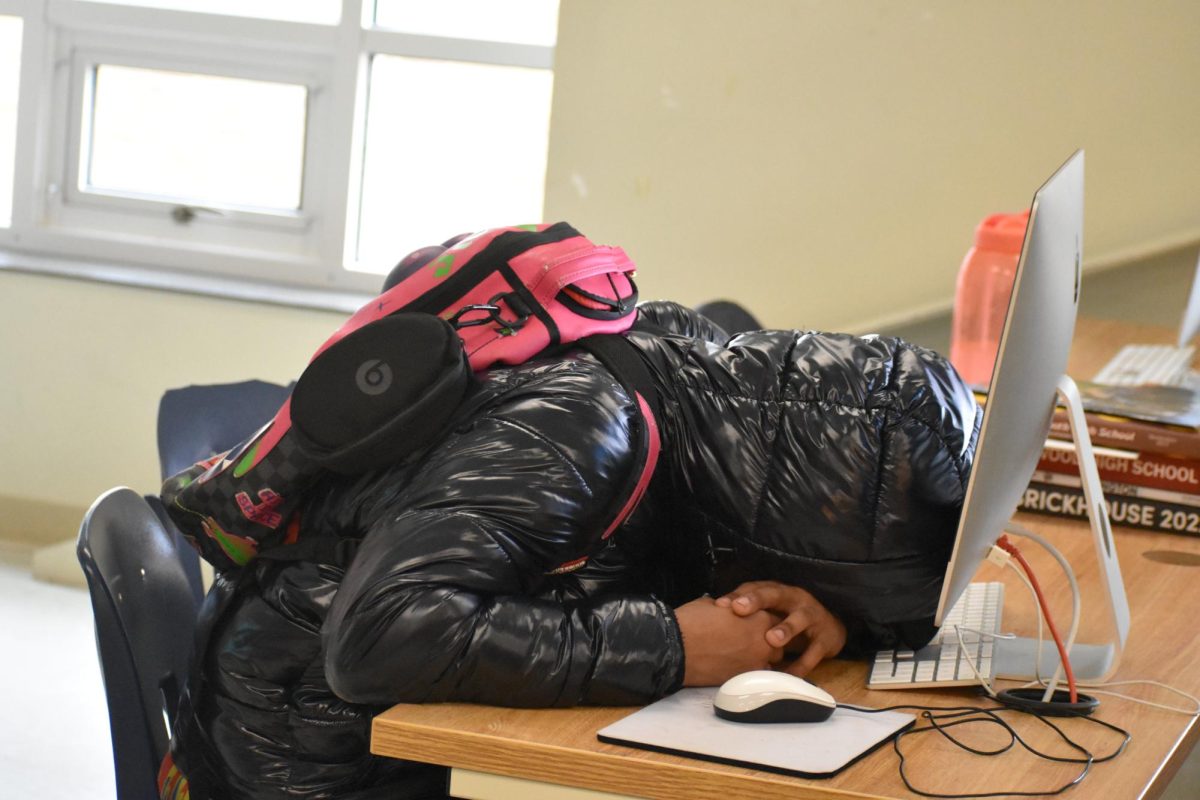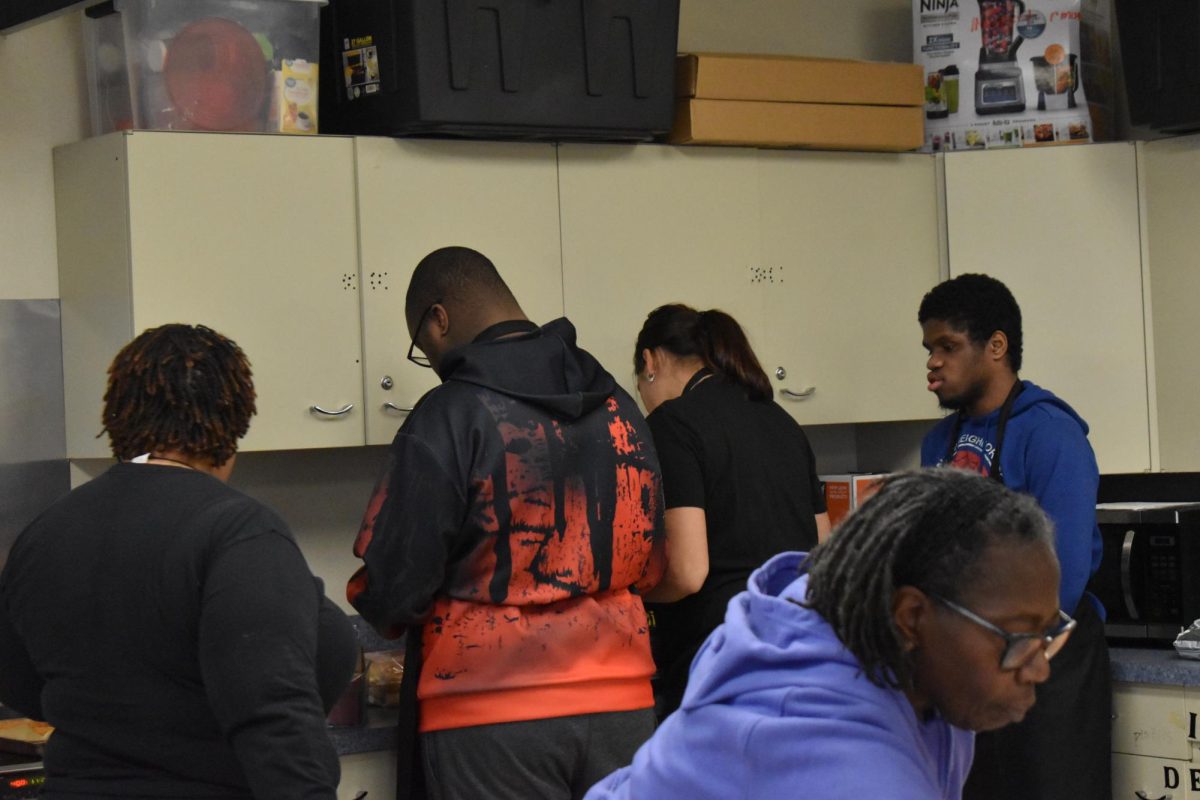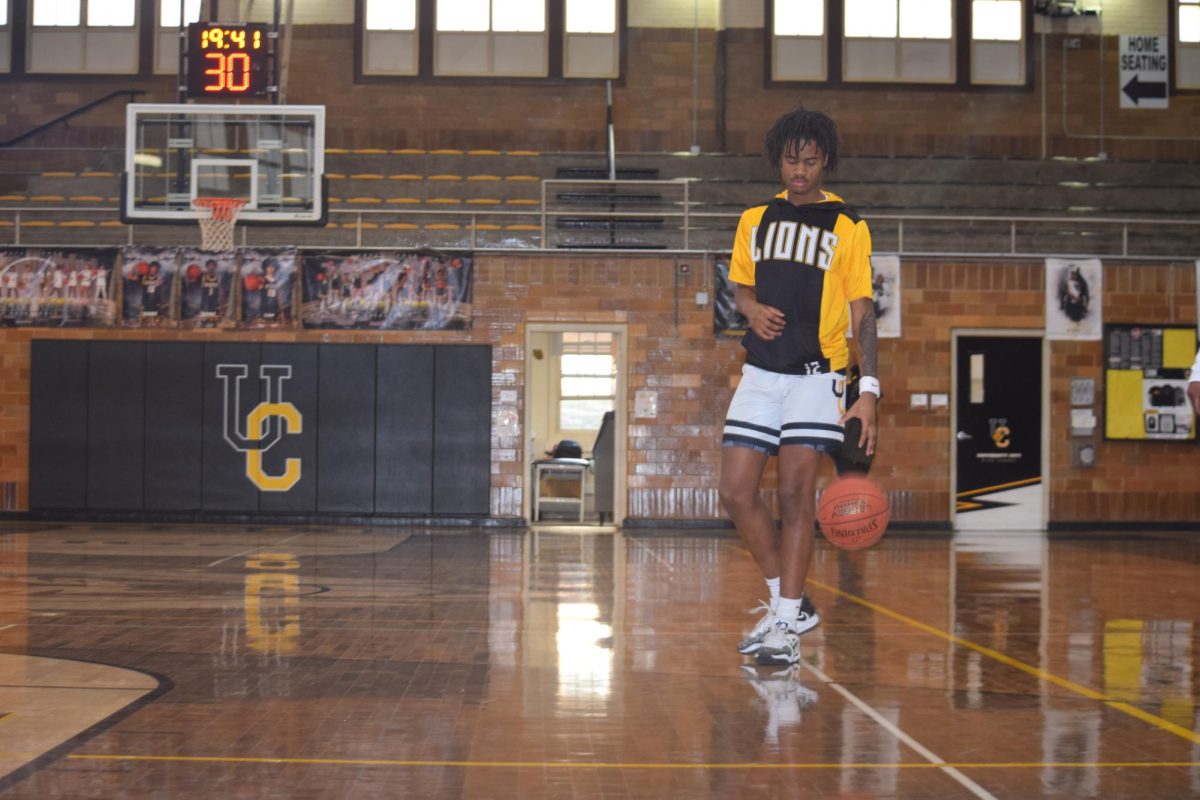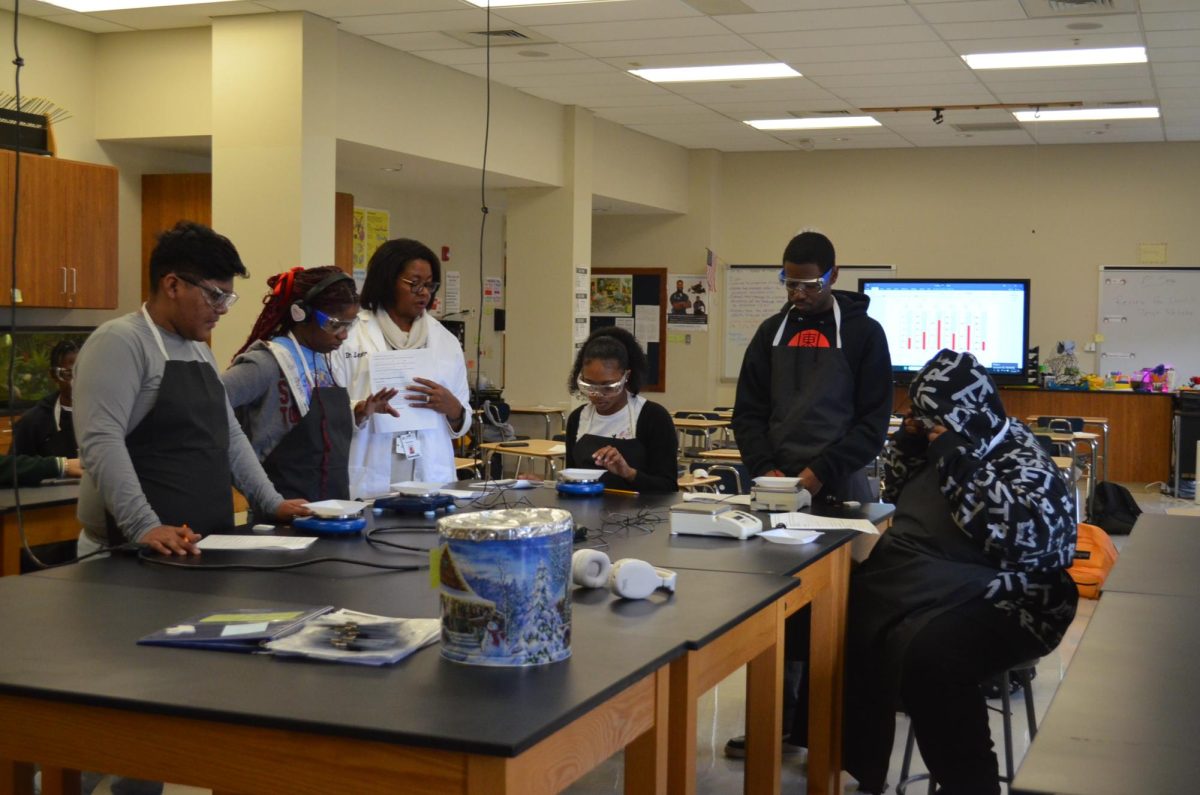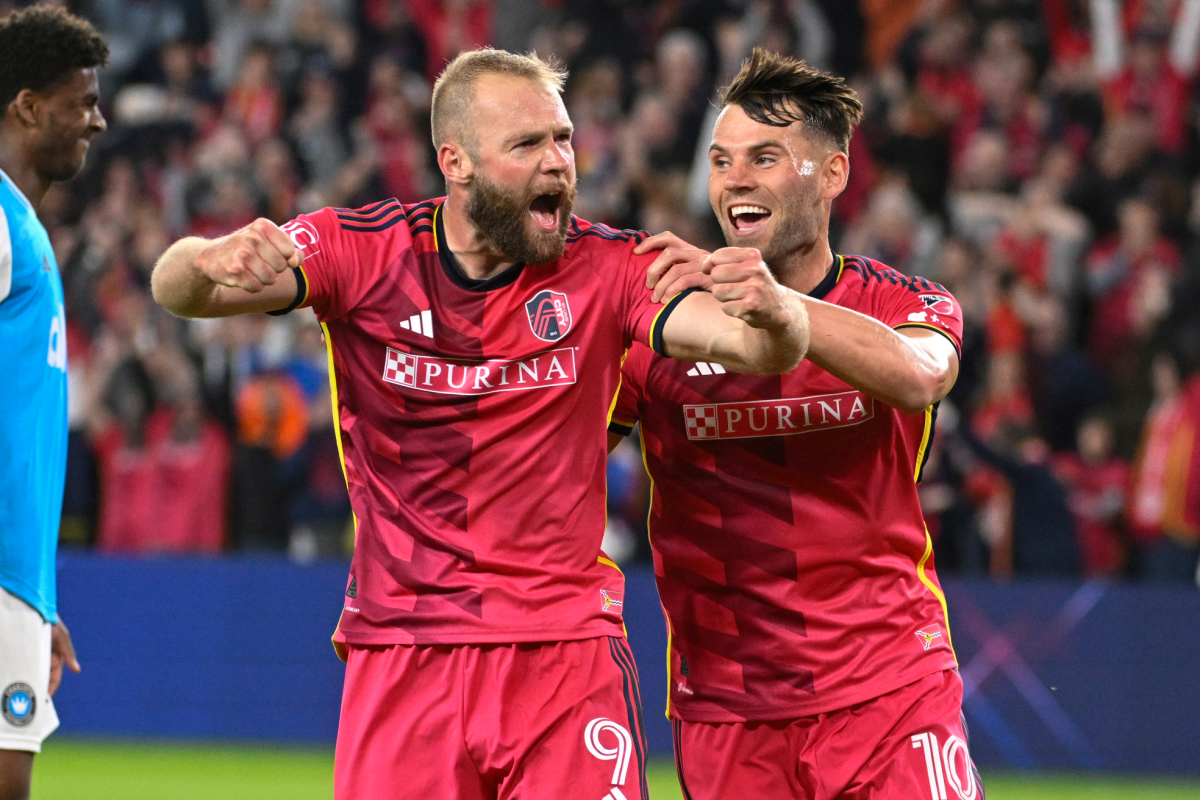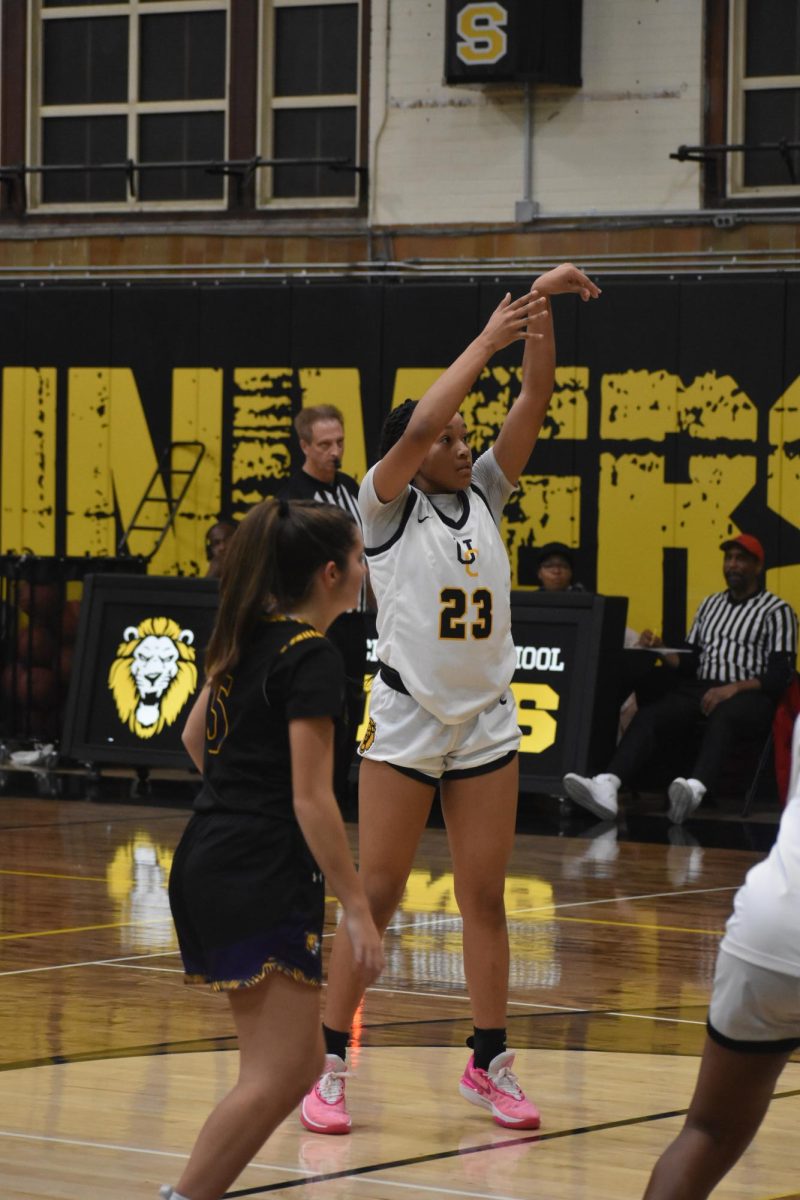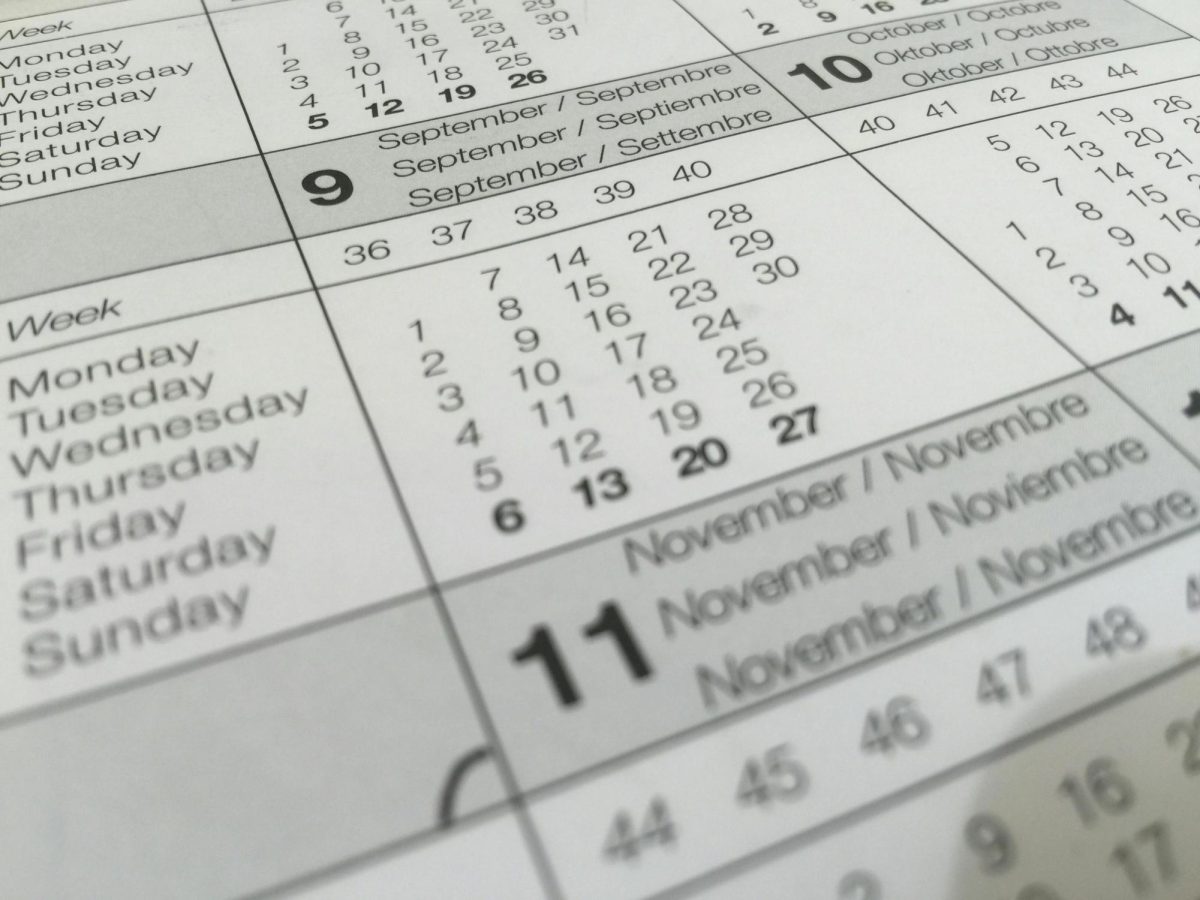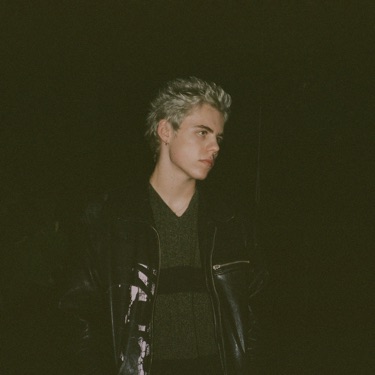Most mass shootings barely survive 24-hour news cycle
December 15, 2018
Everybody knows the big names like Sandy Hook, Pulse and Parkland. These are the names that have received more news coverage than most stories. However, mass shooting are so frequent that people have a tendency to simply forget about many of them.
From the Sandy Hook shooting on Dec. 14, 2012 until Dec. 3 of this year, there have been 1,913 mass shootings, according to the online publication Vox, which tracks mass shootings and the number of people injured and killed in them.
The website reads, “So far in 2018, 365 people have been killed and 1,296 wounded in 327 mass shootings.”
That means that there has been almost one fatal victim in a mass shooting every day this year. With that statistic, it is almost impossible for every shooting to get its deserved media coverage. And if every single mass shooting was covered, people would have no time to hear about anything else. And with everything else happening in this country surrounding politics and the economy, it just isn’t possible to cover every single mass shooting with fidelity.
Because shootings occur so often, they are now in the 24-hour news cycle and then disappear. They go in one ear from the news, hang out in the memory for a few days and then head on out the other ear.
Cory Barber, junior, said he remembers a mass shooting “for maybe a week at the most, because it happens so much.”
“It’s just another time, another day,” said Barber. “It’s just normal at this point.”
The incident at Marjory Stoneman Douglas High School made headlines across the globe. The student-led activism that came as a result from the shooting in Parkland Florida, where 17 students were killed on Feb. 14, survived the 24-hour news cycle and stretched into at least nine months of media coverage. Students in Parkland knew that school shootings were so frequent and easily forgotten, so they decided they would not let the world dismiss this one. Students organized the “March for Our Lives” protest for stricter gun laws, they landed the cover of Time magazine and have met with lawmakers to enact the changes they believe should be made. However, even after the Parkland shooting and everything the students did, mass shootings continued to happen.
“… If us (sic) students have learned anything, it’s that if you don’t study, you will fail,” said Emma Gonzalez, Parkland survivor, at a gun control rally just a few days after the shooting. “And in this case if you actively do nothing, people continually end up dead, so it’s time to start doing something.”
America’s weak gun laws could be at least partially to blame. A chart on Vox showed that the United States has “the weakest gun laws in the developed world.” The chart compares many different countries’ guns per 10 people and gun related deaths per 100,000 people. Ireland’s place on the chart shows that they have less than 10 guns per 100 people and around one gun-related death per 100,000 people. The United States, on the other hand, has a little over 100 guns per 100 people and around 12 gun-related deaths per 100,000 people.
“So many people are getting [guns] legally because it’s so easy to get them legally,” Phoebe Thoroughman, senior, said. “Then tons of people are getting them illegally because they’re getting them from the people who have them legally.”
The longest amount of time with no reported mass shootings was 11 days in January 2013, from Jan. 8 to Jan. 18, according to Vox. The only full calendar week without a mass shooting laid within those 11 days.
“Mass shootings happen so often, people are immune to it these days,” Shawn Hall, senior, said. “It’s like ‘another person shot up a school’ and it’s only in the news for 2-3 days and we go on with our lives.”

